Yes, I’m talking about eggnog here. I’ve never tried eggnog, because why would I? I don’t want to drink egg, thank you very much. Even if it does have booze in it.
Yuck
My taste aside, what even is a nog? The truth is that no one’s completely sure, which doesn’t make for a very good blog post. But luckily lots of intrepid etymologists have taken a guess, with most tracing it back to the 17th century, when ‘nog’ referred to a strong ale brewed in East Anglia (where I sit as we speak). It might also come from ‘noggin’, a Middle English word for a small wooden cup or mug. Which would mean that ‘nog’ essentially means ‘booze in a little cup’. I don’t know which nutter decided to stick some egg in it though.
You might be wondering if nog and noggin – slang for head, first recorded in the 17th century – are related. And the answer is… maybe. No one really knows where ‘noggin’ for head comes from. But it’s possible that it’s just a metaphor likening heads to containers full of ideas (or, if you’re me, song lyrics from the 80s). The earliest recorded use of ‘noggin’ for head seems to be from the 1769 farce ‘The Stratford Jubilee’. A character called Captain Blarney says ‘Keep off your fore foots; or, devil burn me, but I'll crack your noggin for you.’ A quote worth chucking in to any arguments over the Christmas dinner table, methinks.
When I was researching this, I learned about the Eggnog Riot of 1826 – yup. Also known as the Grog Mutiny (great name for a band), it took place at the United States Military Academy at West Point (the school that Robert Sean Leonard’s dad tries to force him to go to in Dead Poets Society [which should have an apostrophe but doesn’t] – with DEVASTATING consequences that I’m still not over). On 24–25 December, armed with homemade eggnog spiked with whiskey, some cadets threw a party that quickly descended into a full-blown brawl. Windows were smashed, furniture was thrown about and weapons were drawn. The aftermath was a disciplinary nightmare for West Point, with 19 cadets facing punishment and several having to be expelled. Another reason to stay away from eggy alcohol.
This is the last word of the week for 2024. Don’t worry though – I’ll be back in 2025 with lots more etymological oddities. Until then, a very merry Christmas to you and yours.





